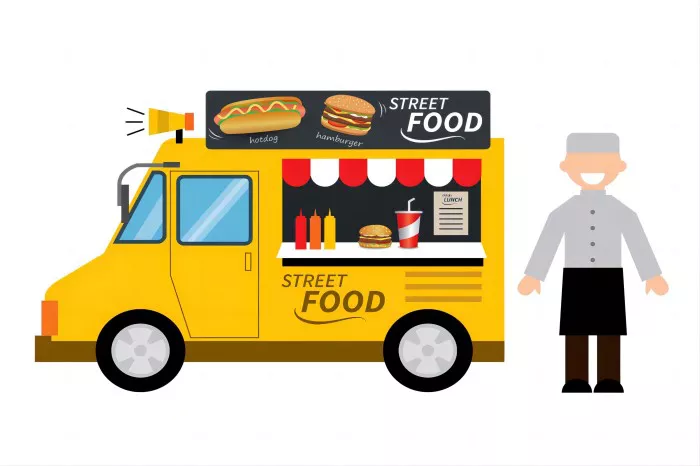According to industry data, a well-managed food truck can yield annual revenues ranging from $23,000 to $100,000 or more. With relatively low startup and operational expenses compared to traditional restaurants and dining establishments, the food truck industry has become increasingly attractive to entrepreneurs.
Q1. Is the Food Truck Business Lucrative?
Food trucks situated in various locations can generate monthly earnings ranging from $5,000 to $50,000, contingent on their placement. A multitude of factors, including location, ingredient and supply costs, sales volume, market competition, and operational expenditures, contribute to the profitability of a food truck. To bolster the likelihood of success in this industry, entrepreneurs should focus on cost reduction, collaboration with delivery services, provision of specials and catering services, and the implementation of customer loyalty programs.
Q2. What’s the Average Income for Food Trucks?
Typically, food trucks operating in major metropolitan areas can accrue monthly revenues between $20,000 and $50,000, whereas those in smaller cities and rural areas may earn between $5,000 and $16,000 monthly. The considerable variability in these figures is attributable to diverse factors that influence food truck earnings, as elaborated below.
Q3. How Much Can a Food Truck Earn Daily?
A typical food truck can expect to net between $1,000 and $2,000 in daily profit. Nevertheless, seasonal fluctuations and time-specific demand may result in deviations from this estimate.
Q4. What’s the Annual Earnings Potential of a Food Truck?
Industry research indicates that a well-managed food truck can amass annual revenues ranging from $23,000 to $100,000 or beyond. The location, menu selection, marketing approach, and other variables significantly impact yearly profits.
Q5. What’s the Typical Compensation for Food Truck Owners?
Once a food truck becomes a profitable venture, owners often allocate themselves salaries ranging from $24,000 to $153,000 annually. It is generally advisable for owner salaries to remain below 50% of overall profits.
Q6. How Long Does it Take to Achieve Break-Even Status for a Food Truck?
Achieving the break-even point, where total costs match total revenue, typically takes between one and a half to two years for most food trucks.
Q7. What’s the Usual Profit Margin for Food Trucks?
Profit margins for food trucks typically range from 7% to 8%, although exceptionally successful ventures may achieve margins as high as 14% to 15%.
Q8. What Factors Influence Profit Margin for Food Trucks?
Several significant factors influence the profit margin of a food truck, including ingredient and supply costs, sales volume, employee wages, competition, location, and overhead expenses.
Q9. How to Calculate Profit Margin for Your Food Truck?
To calculate the profit margin for a food truck, one must determine both total revenue and total expenses, and then apply the following formula:
Net Profit Margin = (Net Profit / Total Revenue) x 100
Engaging in accurate sales and profit forecasting can aid in determining future financial performance, and working with financial professionals or seeking advice from other food truck owners can be invaluable. Additionally, exploring small business loans from online lenders may be beneficial in certain circumstances.
Q10. How to Predict Future Food Truck Sales and Profit?
If you wish to anticipate the future sales and profitability of your food truck, consider the following steps:
1. Calculate Average Customer Spending: Determine the average expenditure per customer based on your menu prices. It’s advisable to focus on mid-priced items rather than the cheapest or most expensive ones. Take into account variations in spending patterns during different times of the day, such as lunch versus dinner, or weekdays versus weekends.
2. Project Annual Food Truck Sales: Once you have estimated weekly sales projections using the average spending per customer and the number of customers per week, extrapolate these figures over a year by multiplying them by 52 weeks. Alternatively, you can segment the year into seasons to accommodate seasonal fluctuations.
Feel free to collaborate with an accountant or financial expert to assist you in your forecasting endeavors. Additionally, seek advice from fellow food truck operators in your vicinity. If your forecast indicates a negative financial outlook, you may want to explore the possibility of securing small business loans from online lenders.

